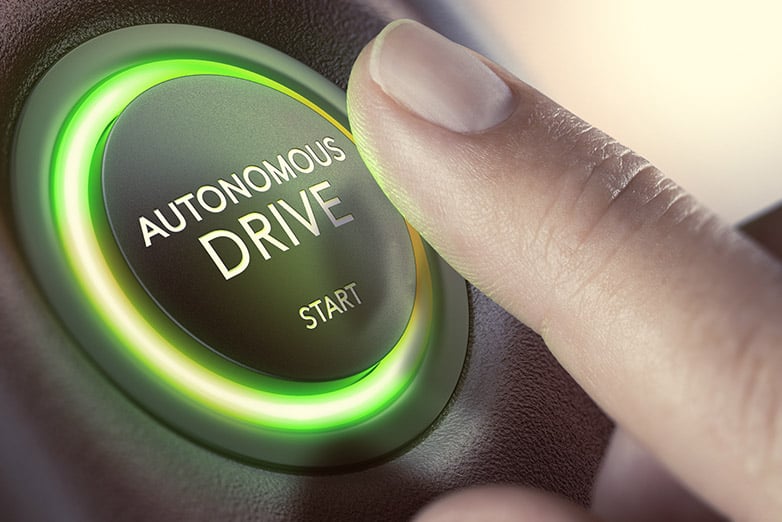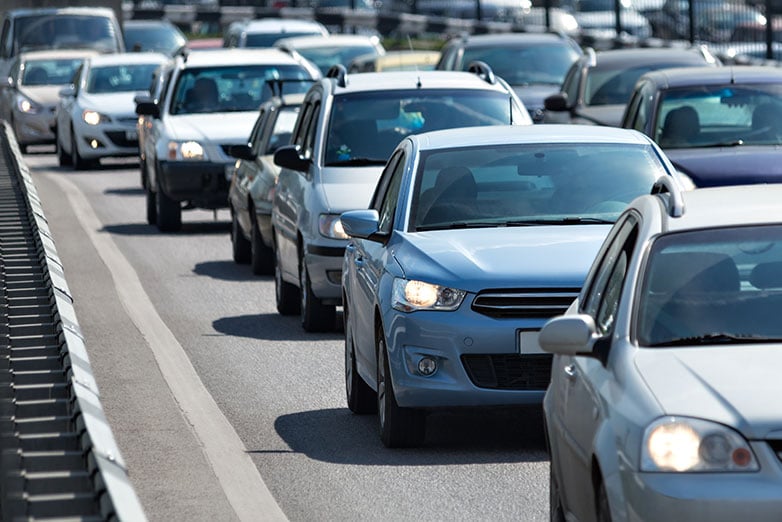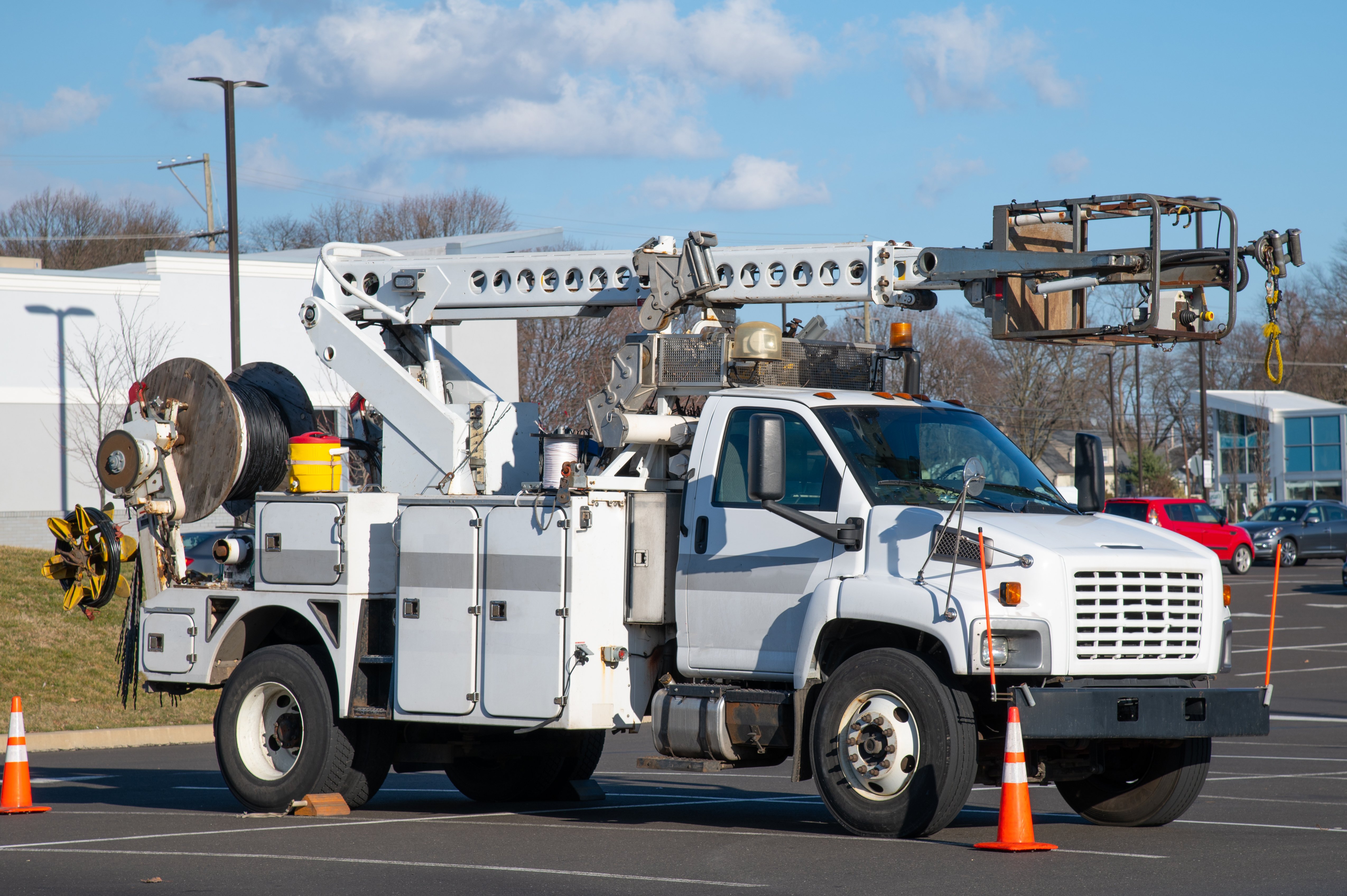
The fantasy of a self-driving vehicle has been around almost as long as the automotive industry itself. But in the past 15 years, that dream has become a mission for many tech-driven automakers. In fact, in 2016 Lyft CEO John Zimmer famously predicted that self-driving vehicles would become so prevalent by 2025 that they would make automobile ownership nearly obsolete.
Around the world and across the United States, countless pilot programs at college campuses and self-contained corporate campuses are putting autonomous vehicles through the rigors of everyday driving. As automakers scramble to take the lead in the race and set the standard for self-driving vehicles, predictions of a driverless future have been led by ambitious goals. GM promised to put safe, all-electric autonomous vehicles on the road by 2019 and other automotive manufacturers have followed suit.
But for all the hype and excitement surrounding the potential of driverless vehicles, one significant question remains: how safe is autonomous driving?
The Insurance Institute for Highway Safety’s Highway Loss Data Institute is presently exploring the accuracy and safety of advanced driver assistance programs already in use, such as adaptive cruise control, auto parallel parking and active lane-keeping.
Their findings make a good case for good old-fashioned human drivers. These findings indicate that cars aren’t ready to be turned loose on the roads without a pair of hands on the steering wheel and a set of human eyes on the road.
The Six Levels of Autonomy for Vehicles

When it comes to autonomous driving, we’re still further away from full autonomy than manufacturers would have us believe.
The Society of Automotive Engineers (SAE) has defined six levels of autonomy for vehicles:
- Level 0 – Absolutely no automation: The driver must perform all tasks.
- Level 1 – Driver assistance: The driver must control the vehicle, but has features that assist.
- Level 2 – Partial automation: Driver controls the vehicle but features like acceleration and steering are automated.
- Level 3 – Conditional automation: The vehicle is automated and doesn't need to be monitored, but the driver must be available to take control of the vehicle at any time.
- Level 4 – High automation: The vehicle is able to control all functions under the right conditions, but the driver may take control at any time.
- Level 5 – Full automation: The vehicle is able to control all functions under any conditions.
Currently, the industry is at a Level 2 in automation, with features like lane-departure warnings and adaptive cruise control becoming commonplace.
To go to the next level, vehicles will need to be able to perform autonomously but will still need a human driver to take over when necessary.
However, research from the IIHS indicates that the technology isn’t there yet, nor is the industry on track to safely meet those ambitious timeframes for turning autonomous vehicles loose.
Sounding the Autonomous Alarm
IIHS testing on Level 2 automation still shows such problems as unnecessary braking or failing to stop for braked vehicles in front of the test vehicle. In situations where vehicles can’t detect lane lines, such as in times where the weather creates low visibility or on curves, vehicles tended to veer toward the shoulder.
Autonomous vehicles depend on a lidar detection system, which uses lasers to “read” the road. However, when the vehicle has difficulty reading those lines, which can happen in rain, snow or because of hills or curves, the technology can be foiled.
The need for improvements in autonomous vehicle technology was emphasized in March 2018 when a pedestrian was struck and killed by a self-driving Volvo XC90, which was part of Uber’s self-driving test program. Following that incident, Uber halted its road tests of self-driving cars, acknowledging that the technology isn’t quite ready for the roads yet.
One of the biggest challenges with autonomous vehicles is the same thing that some engineers and futurists praise as its greatest advantage: it eliminates the need for human supervision and decision-making. But today many experts acknowledge that, for all of technology’s sophistication, it can’t replicate human sensibilities.
“Over a lifetime of driving, humans become experts at countless subtasks, from noticing distracted pedestrians to questioning the judgment of construction workers waving them through a work site,” The Wall Street Journal’s Christopher Mims wrote in a September story. For all the technology that is built into the vehicles, it can’t make the kind of mental judgments that human drivers are accustomed to making daily.
Additional Dangers of Autonomous Driving

Further adding to the danger is that drivers can lose track of what the automated system is reporting. The IIHS reports that preliminary studies have shown that it’s easy for drivers to get distracted and lose track of what the automated system is doing.
This distraction can lead to the driver not noticing when the automatic technology fails, and by the time they try to take control of the situation, it’s too late. In the case of the Uber crash, the autonomous vehicle’s operator wasn’t watching the road at the time of the incident. Records indicated her phone was streaming a television program.
One of the promises of driverless technology that has often been touted is that it will reduce human error behind the wheel. The unfortunate reality that is emerging from recent tests and reports is that it merely replaces human error with high-tech missteps. The ability of an autonomous vehicle to adjust to rapidly changing conditions, such as weather patterns, traffic congestion and imperfect road conditions remains in question.
When it comes to safety behind the wheel, there’s still no substitute for a well-trained and alert driver. While technology can provide assistance in ways that haven’t been available to previous generations, it isn’t able to create a computer that can drive better than a human being in a variety of conditions. A skilled driver still remains the safest way to navigate the road, and it doesn’t appear that is going to change anytime soon.
.png?width=254&height=76&name=SmithSystemLogo-RGB%20(1).png)










